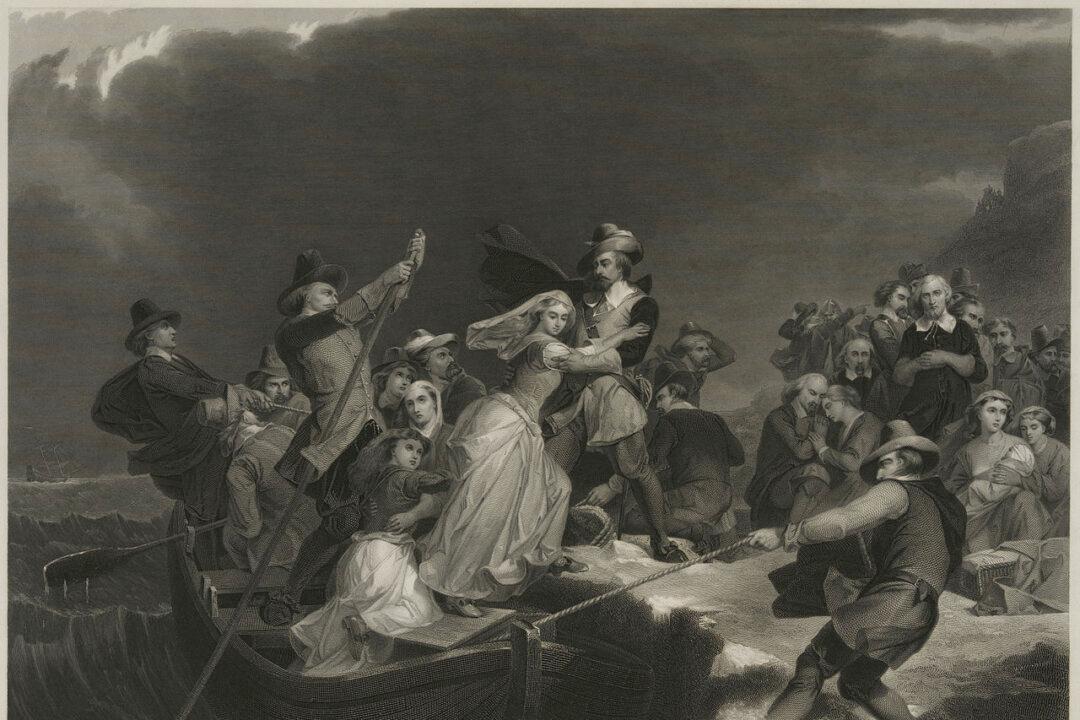Appeals to history that address issues in the present are often aspirational and unsupported, and for good reason. If one can foreclose discussion of a current topic by citing an abridged version of the past, the argument is won in the short term by forcing adversaries to scurry off to check original sources.
Such is the power of the “That’s not who we are” gambit. Cherry-pick an idyllic fruit from the nation’s history tree, and the counterargument is made to appear not just wrong, but heartless.






